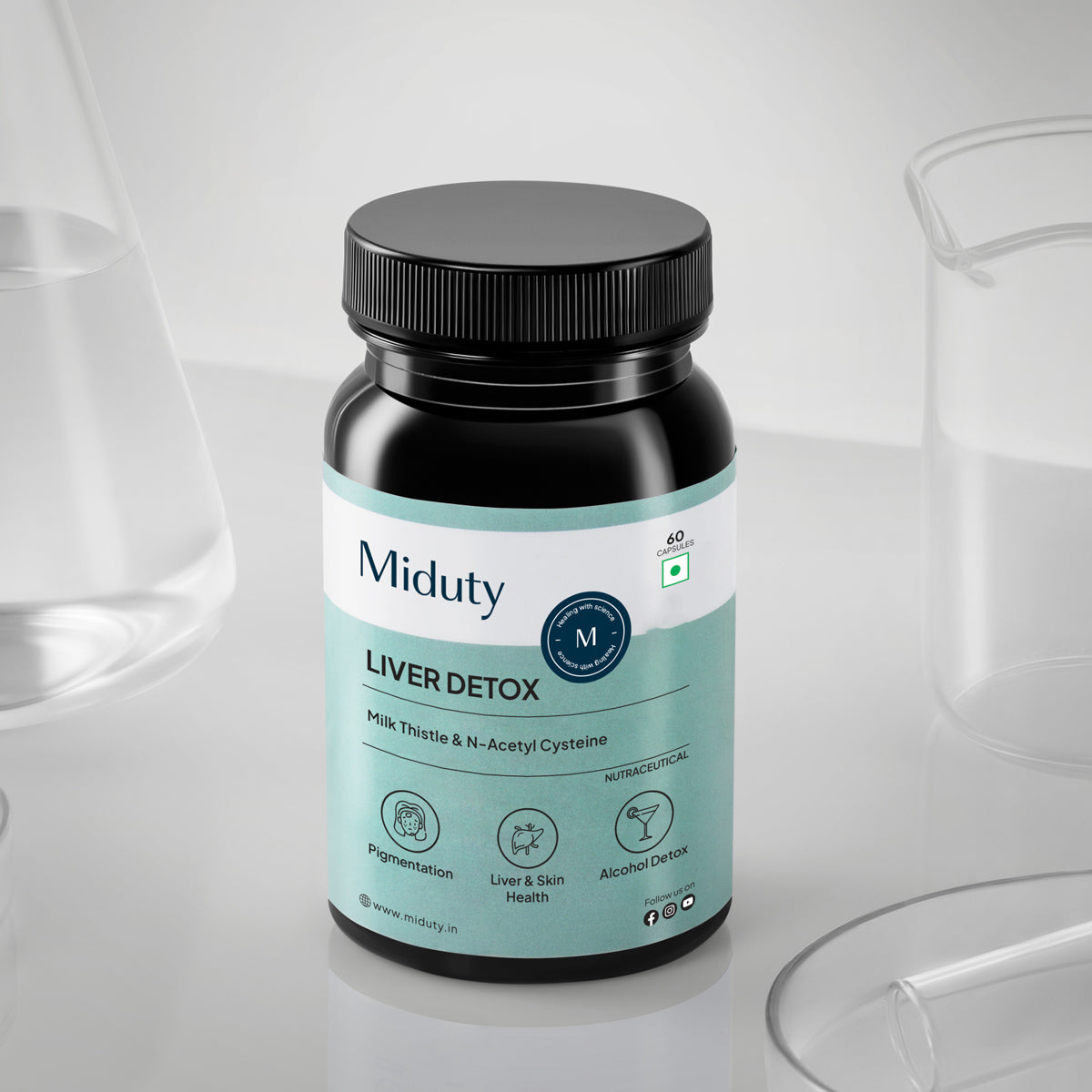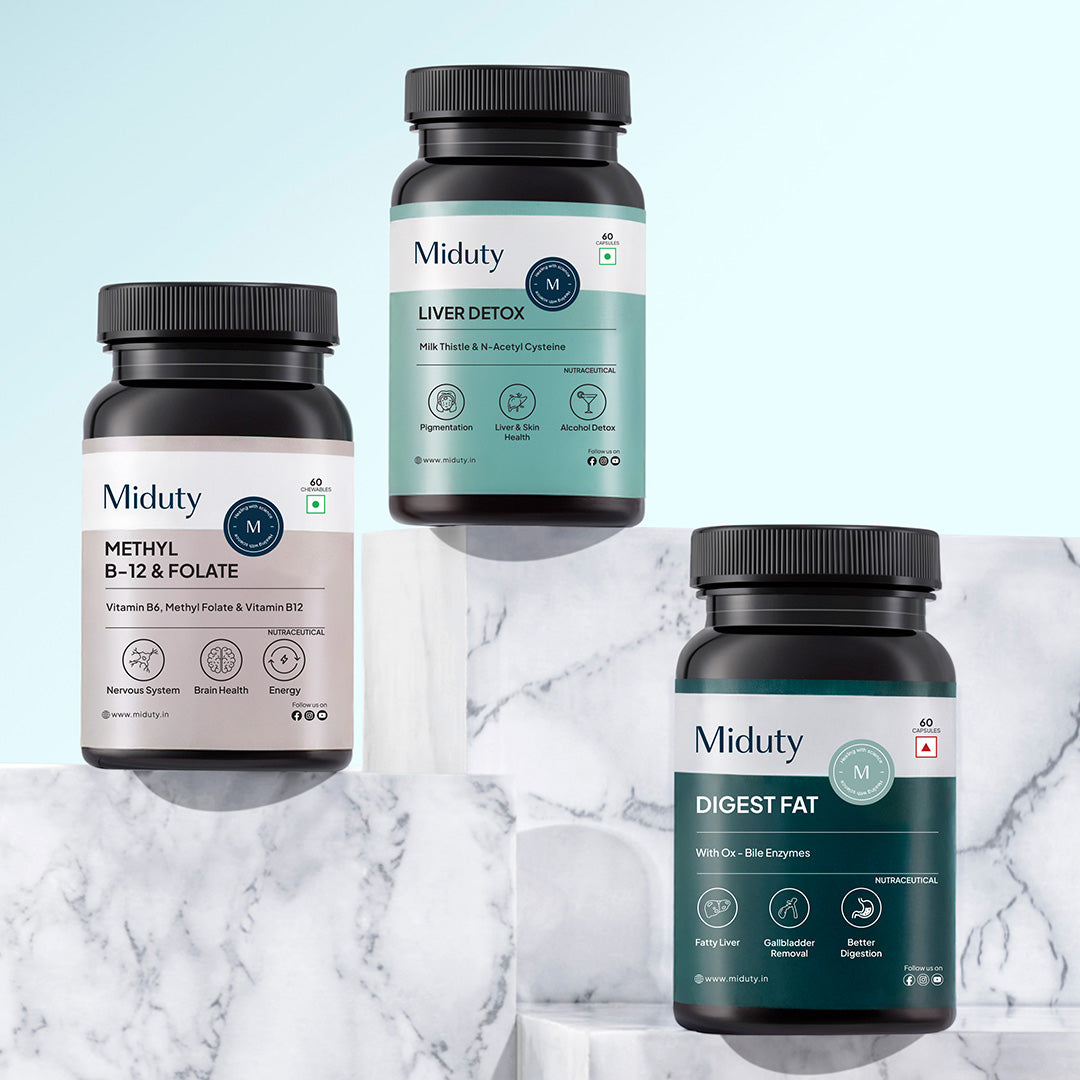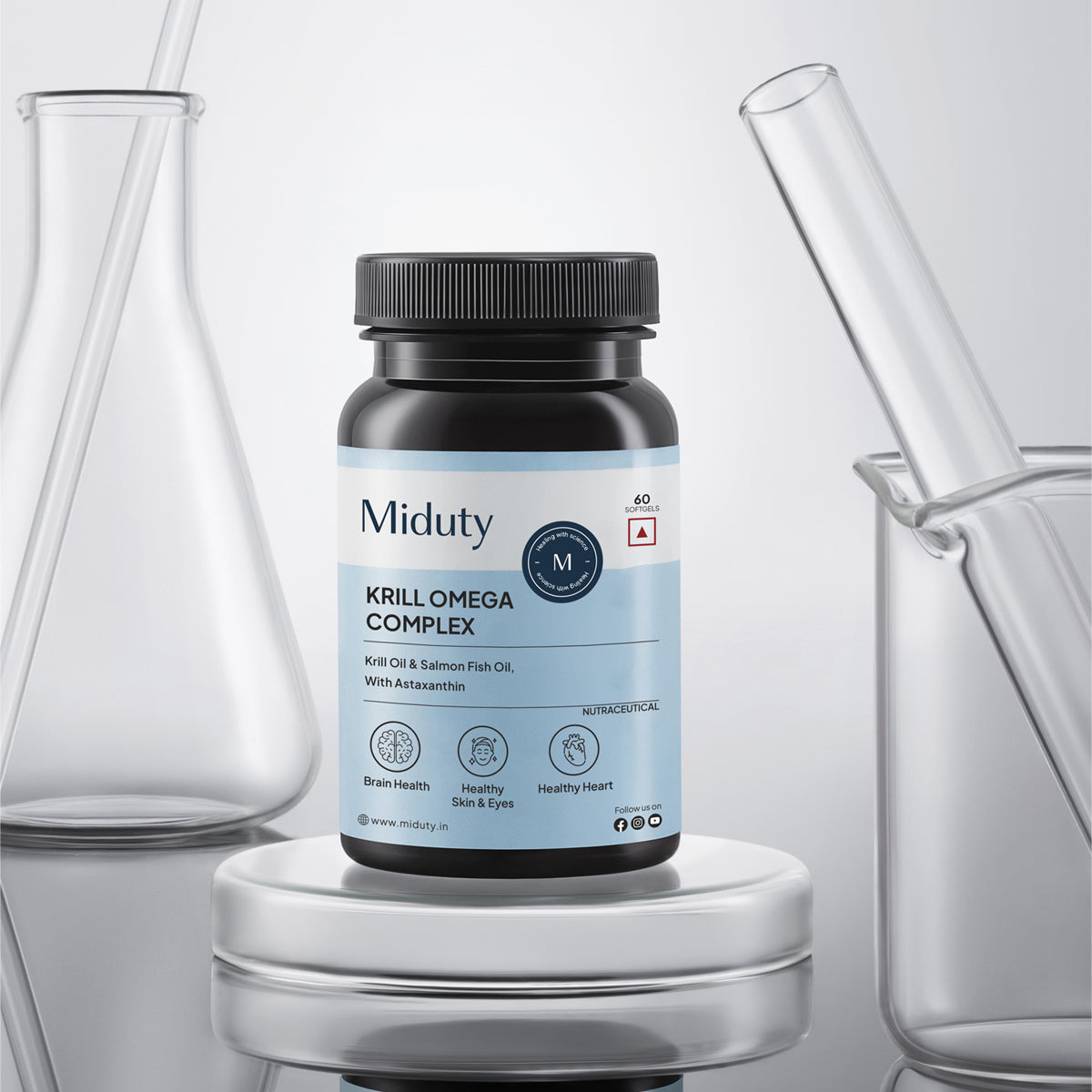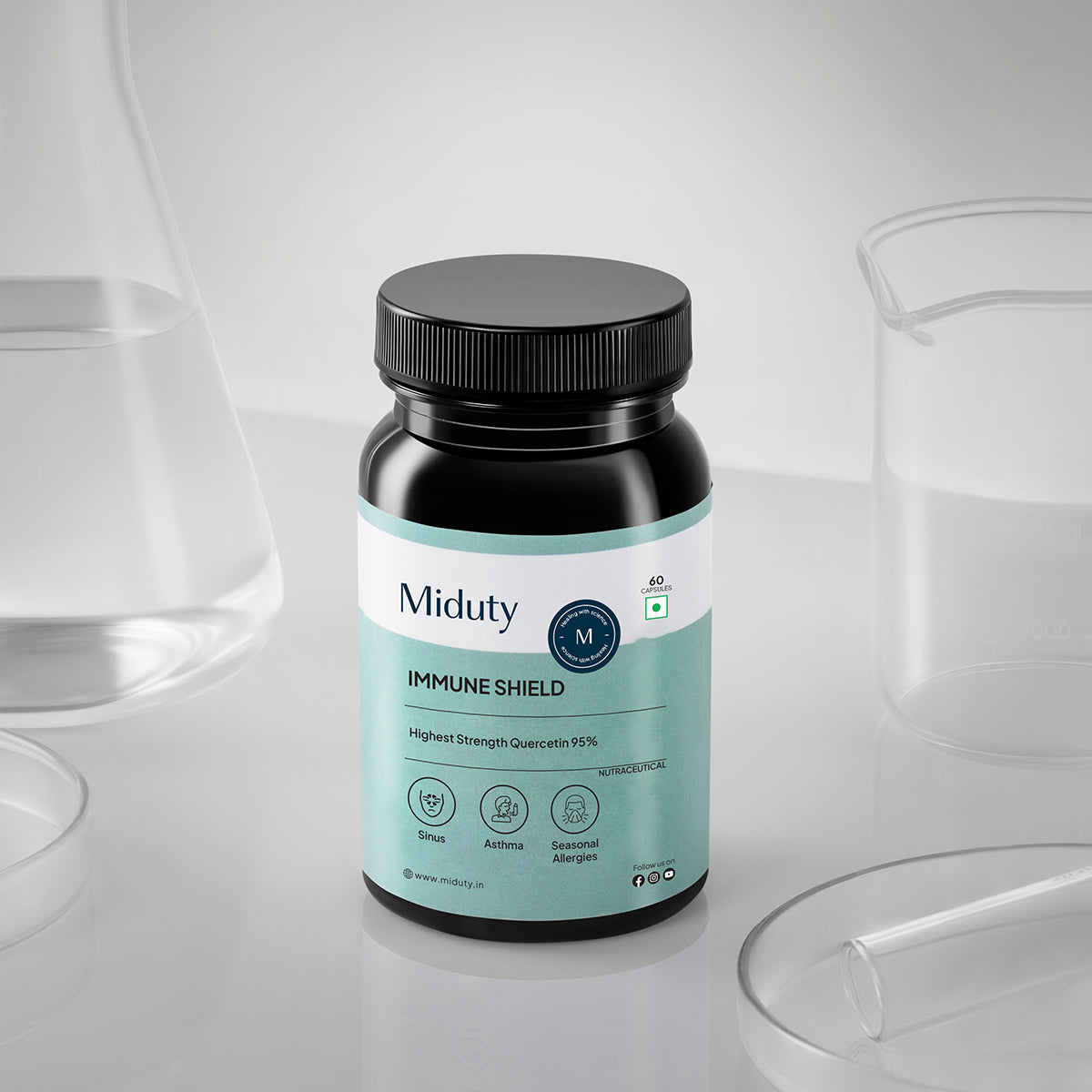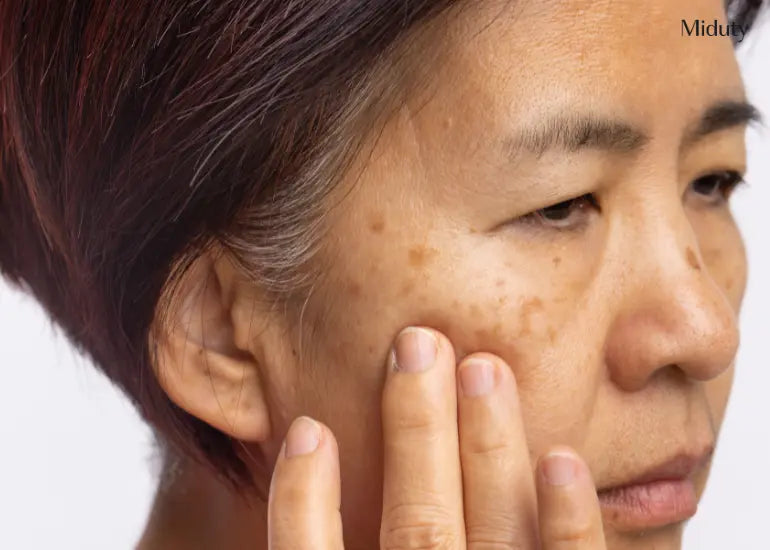
All About Fatty Liver Grade 3: Symptoms, Causes, Treatment & More
Key Takeaways
1. High Prevalence: Fatty liver disease affects 33% of adults, posing a significant health risk.
2. Understanding Fatty Liver: It occurs when excess fat accumulates in liver cells, categorized into three grades: grade 1 (mild), grade 2 (moderate), and grade 3 (severe).
3. Severity of Grade 3 Fatty Liver: Fatty liver grade 3 involves more than 66% fat accumulation in the liver, causing inflammation, scarring, and liver dysfunction, with symptoms like fatigue, abdominal pain, jaundice, and weight loss.
4. Causes of Fatty Liver: Factors contributing to fatty liver grade 3 include alcohol consumption, certain medications, insulin resistance, obesity, high cholesterol, and genetic predisposition.
5. Diagnosis: Fatty liver grade 3 is diagnosed through physical examinations, blood tests, imaging studies, and liver biopsy.
These days, one in three adults or children has fatty liver, which is quite alarming for many of us [1] [2]. It's not just numbers; it's about our friends, family members, and even ourselves who might be facing this challenge.
Have you ever felt constantly tired, or noticed unexpected changes in your health and didn't know why?
You might have heard terms like "fatty liver" or "hepatic steatosis" thrown around. Simply put, fatty liver is when too much fat accumulates in your liver cells. This can happen due to various reasons like our modern lifestyle, diet choices, or even certain medications. It's not just about alcohol anymore—obesity and other factors play a big role.
Depending on how much fat builds up, doctors categorize fatty liver into different grades: grade 1, grade 2, and grade 3. Understanding these grades can help us better manage and improve our liver health.
In this article, we'll dive into what fatty liver grade 3 means, its symptoms, causes, treatments, and more.
Whether you're looking for answers for yourself or a loved one, keep reading to learn more.
What is Fatty Liver?
The presence of triglycerides or TAG (triacylglycerol) in the liver cells that account for at least 5% of the liver weight intra-hepatically is indicative of fatty liver. [2]
Although the TAG accumulation in the liver is said to be having hepatoprotective properties, if it exceeds more than 5% of the liver weight, it may create health complications. In the low severity cases, it is reversible with certain lifestyle and dietary modifications.
How Many Grades of Fatty Liver Are There?
As per the degree of fat accumulation in the liver cells, we can divide fatty liver or hepatic steatosis into 3 grades, which are:
Fatty Liver Grade 1
In this grade of fatty liver, the fat accumulation in the hepatocytes may range between 5% to 33%. It is a mild fatty liver condition and there are no major symptoms caused by this condition. You can treat fatty liver grade 1 by making certain changes in your lifestyle and diet.
Fatty Liver Grade 2
In fatty liver grade 2, there is a fat accumulation in the hepatocytes, ranging from 34% to 66%. We call it moderate fatty liver as well.
There could be noticeable symptoms like fatigue, abdominal discomfort, mild jaundice. However, it is reversible, but you need to take care of your diet and lifestyle. If needed, you may need to stop consuming some medications that may be triggering the condition.

Fatty Liver Grade 3
Fatty liver grade 3 is the most severe fatty liver condition where excessive fat, more than 66%, accumulates in the liver. This fat buildup can cause:
- Inflammation
- Scarring
- Cell Damage,
- Liver Dysfunction.
Understanding the symptoms of fatty liver grade 3 is crucial for early detection and treatment. Common symptoms include fatigue, discomfort, abdominal fluid buildup, jaundice, and abdominal pain. The causes of fatty liver grade 3 range from chronic alcohol consumption to obesity and diabetes.
Effective treatment requires a combination of lifestyle changes, medication, weight loss, etc. [3].
We will be understanding more about fatty liver grade 3 causes, treatment, symptoms, and more below.
Fatty Liver Grade 3 Symptoms
Unlike the earlier stages, fatty liver grade 3 gives the patient more noticeable symptoms which are comparatively harder to manage.
Some of the fatty liver grade 3 symptoms may include:
- Fatigue
- Abdominal Discomfort
- Enlarged liver
- Jaundice
- Edema
- Weight loss
These are the major fatty liver grade 3 symptoms, however, one can see other symptoms as well like mental confusion, loss of appetite, spider-like blood vessels, nausea, etc.
Fatty Liver Grade 3 Causes
To the detriment of our modern existence, our habits have significantly changed. A sedentary lifestyle and more calorie intake are among the major factors that have contributed much into the rising cases of fatty liver grade 3.
Along with these lifestyle habits, there are more risk factors that serve as fatty liver grade 3 causes. These may include:
|
Causes |
Description |
|
Alcohol Intake |
Overconsumption of alcohol contributes to the fat build-up in the liver cells, which damages and causes cell inflammation. |
|
Certain Medications |
Frequent consumption of certain medications including Corticosteroids, antidepressants, antipsychotics and tamoxifen can be a risk causing factor for fatty liver. [3] |
|
Insulin Resistance |
People having insulin resistance are more likely to have fatty liver and it also aids in making the fatty liver severe with time. [4] |
|
Obesity |
Excess weight, especially around the waist, may aid a high risk of having fatty liver. [5] |
|
High Cholesterol |
Metabolic conditions like high cholesterol, high blood pressure, and diabetes are one of the major fatty liver grade 3 causes. |
|
Genetic Reasons |
Some people are genetically/hereditarily more prone to have more fat cells in their liver which may cause fatty liver. |
Fatty Liver Grade 3 Diagnosis
There are many ways you can get fatty liver grade 3 diagnosed. These tests include: [6]
- Physical Examination
Doctors first usually perform a physical examination in which they check for any inflammation, swollen liver, jaundice, etc. Also, a person's body weight and height or the BMI can be an indicator of fatty liver risk.
- Blood Tests
In blood tests, doctors look for the disturbed levels of liver enzymes which are caused due to excessive fat in liver cells. Blood tests for certain fats, ALT, AST, LFT, or any metabolic conditions such as diabetes, fasting serum insulin are most common to diagnose a fatty liver. [7]
- Imaging
Doctors perform image studies to know the severity of inflammation and fat accumulation in the liver. They consist of CT scans, MRIs, and ultrasounds.
- Liver Biopsy
A small portion of liver tissue is removed during a liver biopsy, and it is inspected under a microscope. This is the most accurate diagnosis for fatty liver and provides information on the quantity of fat cells in the liver.
Fatty Liver Grade 3 Treatment
There are many ways to help you treat grade 3 fatty liver. Some changes in the lifestyle can help you out. These treatments may include:
- Weight Management
The very first line for fatty liver grade 3 treatment includes losing weight. The reason behind is when you lose weight, it reduces the inflammation, excess fat as well as scarring in the liver. Losing 3 to 5% of your body weight can make up for a significant improvement in fatty liver, and if you are able to lose up to 10%, the necroinflammation will also reduce or vanish. [8]
You can incorporate intermittent fasting in your routine for weight loss. You can refer to the guide for Intermittent Fasting by Palak Midha to see maximum results.
- Healthy Diet [9]
With some dietary changes, your liver cells can rejuvenate and the damage can slowly get reversed. These dietary changes may include:

- Avoid the consumption of sugar/fructose, instead take natural sweeteners like stevia, xylitol, etc.
- Avoiding the consumption of excess carbohydrates by limiting the quantity of breads in your plate, and increasing protein intake (like paneer, lentils, etc.)
- Fasting (It helps utilization of excess fat in the body). Fasting helps by making your body utilize and burn excess fat, resulting in weight loss.
- Consuming healthy fats only (Coconut oil, Ghee or Butter)
- Avoiding the consumption of vegetable oils. You can use olive oil, but that too, only as a salad dressing and not in generous amounts.
- Gluten increases the inflammation in the body, so look for options and go gluten-free. Instead of wheat flour, include jowar (Sorghum) or kala chana (Black chickpeas) flour in your diet.
- Alcohol Abstinence
Even if you have nonalcoholic fatty liver disease (NAFLD), stay away from alcohol. You need not add any more toxins to your body.
- Take Care of Metabolic Issues
One of the important steps for managing fatty liver grade 3 involves addressing underlying metabolic conditions that contribute to fatty liver. Such key metabolic issues may include diabetes, high blood pressure, high cholesterol, and obesity. Weight management is crucial for managing such conditions; losing 5-10% of the body weight significantly improves liver health and the underlying medical conditions.
Maintain a regular exercise regime, which helps in enhancing the insulin sensitivity and reduces liver fat. Additionally, work on your diet as explained to manage blood sugar, blood pressure, and cholesterol.
- Take the Right Supplements
You can opt for Milk Thistle and N-acetyl cysteine supplementation for fatty liver grade 3 treatment. Miduty's Liver Detox supplement has Milk Thistle with the highest strength of silymarin and N-acetyl-cysteine (NAC) which help detoxify your liver and manage the cell damage.
Conclusion
Fatty liver grade 3 is a serious and advanced stage of fatty liver disease that requires prompt medical intervention. Knowing the symptoms, causes, and exploring treatment options are crucial to manage the condition. If you suspect you have fatty liver disease, consult with a healthcare provider for a proper diagnosis and tailored treatment plan.
Early detection and lifestyle modifications can play a vital role in managing fatty liver disease and improving overall health.
Frequently Asked Questions on Fatty Liver Grade 3 -
Q1. What is the treatment of fatty liver grade 3?
Usually, fatty liver grade 3 treatment starts with weight loss. Losing weight will help you reduce inflammation, scarring and excess fat from the liver, making it easier for your liver to proliferate.
Q2. Is fatty liver grade 3 a serious problem?
Grade 3 fatty liver is the most serious condition of all the stages of fatty liver in which more than 66% of your liver cells get covered with fat molecules. But some lifestyle and dietary changes along with the right supplementation and exercise can help you treat fatty liver.
Q3. What is the best fatty liver supplement?
Supplements having milk thistle as a component work best for liver health. It aids in the regeneration of damaged cells and cleanses the liver.
References


